Straight Down the Line: Into Film Noir
I'll have what they're having - only what is it?

1. “She looked like a very special kind of dynamite wrapped in nylon and silk.” - Robert Young in They Won’t Believe Me (1947). This flick is one of the few noirs that features an homme fatale (Young). Susan Hayward & Jane Greer are his dupes. James Latimer penned the script from Gordon McDonell's story. Irving Pichel directed. And Harry J Wild was the DP.
Harry also shot Murder My Sweet (1944) and Pitfall (1948) and many more flicks, including a whole boat load of noirs. With such credentials, you know you're in for a visual treat with TWBM!
(And, seriously, what are they drinking in that lead photo?)

2. Shanghai Gesture (1941) is the last film Joseph Von Sternberg completed and the only movie I've ever seen that gives the background performers kudos in the opening credits:
“And a large cast of ‘HOLLYWOOD EXTRAS’ who without expecting credit or mention stand ready day and night to do their best - and who at their best are more than good enough to deserve mention.”
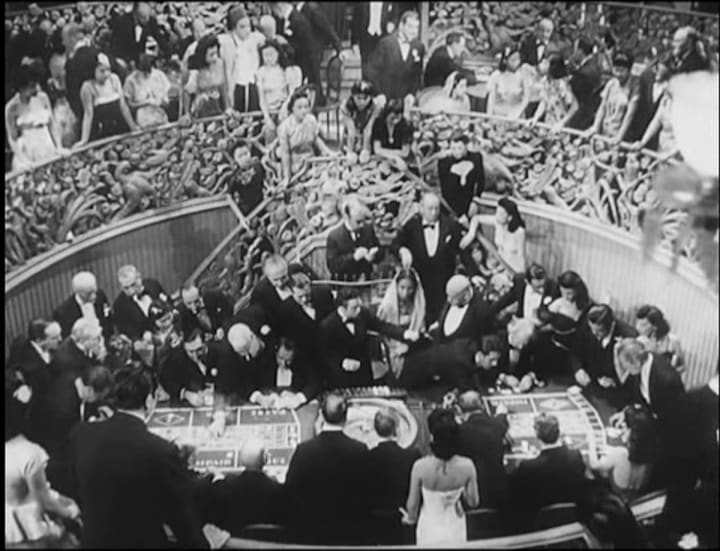
It's a strange movie - Ona Munson as Mother Gin Sling is a curio unto herself - but there's a great spiralling casino and each level of it is peppered with those Hollywood extras. In elegant attire, they lean over intricately carved railings to watch the gambling tables below. They (and everyone else) flirt with Victor Mature's character, who wears a fez and flirts with Gene Tierney's character, who wears diamonds (splendidly).

Keye Luke did the casino murals. Luke was the first Chinese-American contract player signed by the major studios and was "one of the most prominent Asian actors of American cinema in the mid-20th century". He was also an accomplished visual artist. As a young man he received a commission from Graumann's Chinese Theatre to paint their interior fairytale garden murals.
His acting career began in 1934. Appearing in dozens of films and TV shows over the decades, he would go on to play Master Po in Kung Fu in the early 70s.

3. Helmed by first-time director, Robert Parrish, and scripted by Bill Bowers, Cry Danger (1951) is a lot funnier than most noirs. Shot on location in LA’s Bunker Hill and Chinatown, the 1951 locations are truly wonderful. Featured is the best seedy trailer park you’ll ever see on film. Managed by a sleazy character named Williams (Jay Adler), this is the shabby abode that Rocky Mulloy (Dick Powell), comes home to after being sprung from the hoosegow. Richard Erdman plays trailer park rat, Delong. When Rocky enters his ramshackle trailer, Delong says: “Pull up some dust and sit down.”
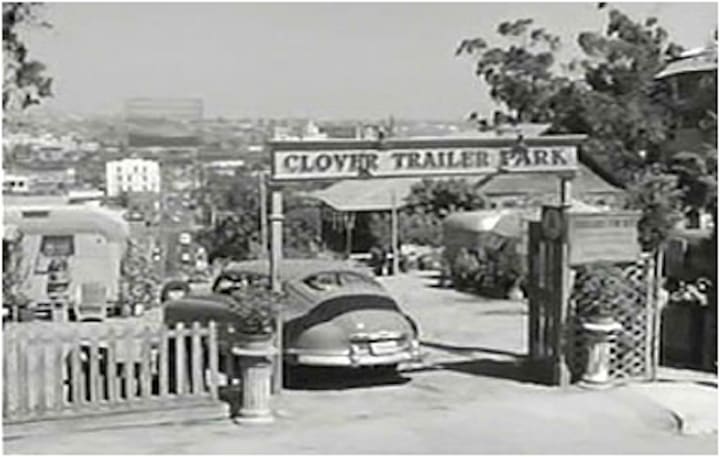
4. Crossfire (1947) directed by Edward Dmytryk, also stars Robert Young. Here he's joined by two other Roberts: Ryan and Mitchum. All excellent.
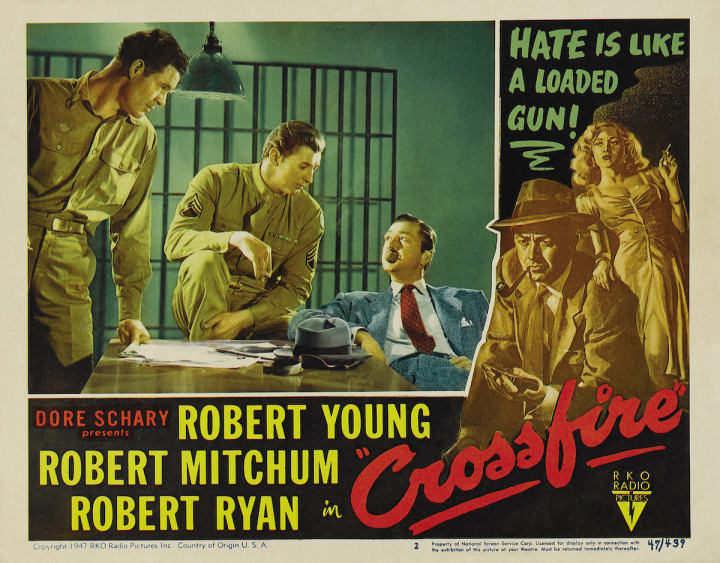
Young delivers some great dialogue in Crossfire, courtesy of writers Richard Brooks and John Paxton. There's his bit about motive, explaining that whodunits are actually whydunits. Then, he swings into a bit about hate, which he suspects is the whydunit in the case he's working on. Pretty bold for its time, tackling anti-Semitism head on, it still packs a punch or two today, even if the monologues are a tad overwrought.
5. Dark Passage (1947) is primo noir. Bogie and Bacall are supported by a bevy of great characters actors like Agnes Moorehead and Houseley Stephenson. The latter is unforgettable as the back alley sawbones giving escaped con, Bogie, a new face.
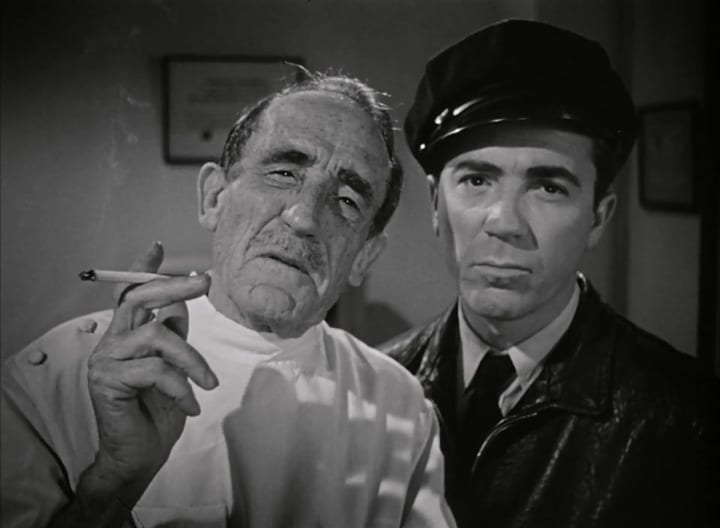
David Goodis wrote the novel of the same name. Goodis would become known for his characters' internal monologues, and translating them to the screen required a special skill. In this case Delmar Daves (who would also direct) was up for the task. He partially solved the complexity of the main character's internal life by using the subjective camera in the first half of the film: we see everything through Bogie's eyes, accompanied by his voice over.
Around the same time Passage was being made, Goodis wrote the script for The Unfaithful (1947), a reworking of The Letter (1940). And then he left Hollywood for good to help care for his mentally ill brother, Herbert, in their hometown of Philadelphia. Despite success in the movies, he chose to write pulp fiction during this time.
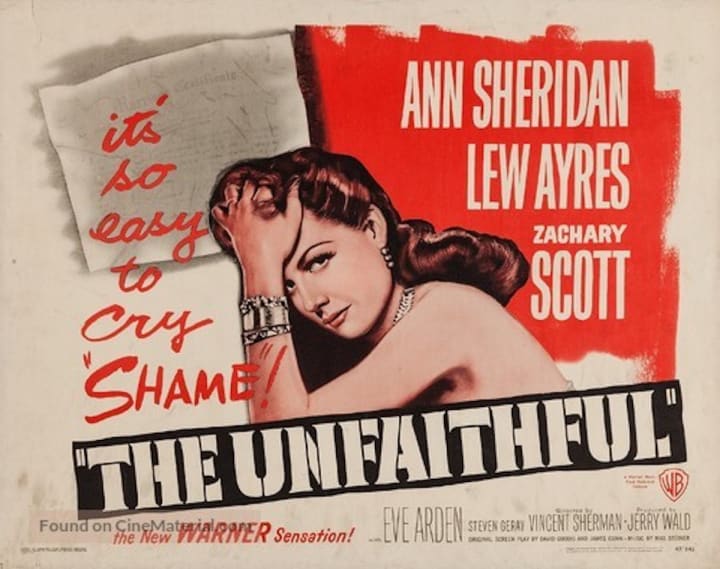
In the 60s, Goodis brought a law suit against UA-TV and ABC, claiming The Fugitive TV series stole its premise from Dark Passage. He died a few months after giving his deposition in 1966. In 1972 the court ruled in his favour, awarding his estate twelve grand, but by then, he and Herbert, his benefactor, were both dead.
*
Thanks for reading!
About the Creator
Marie Wilson
Harper Collins published my novel "The Gorgeous Girls". My feature film screenplay "Sideshow Bandit" has won several awards at film festivals. I have a new feature film screenplay called "A Girl Like I" and it's looking for a producer.


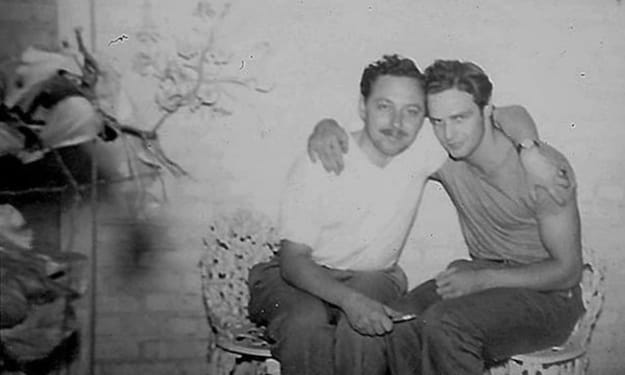



Comments
There are no comments for this story
Be the first to respond and start the conversation.